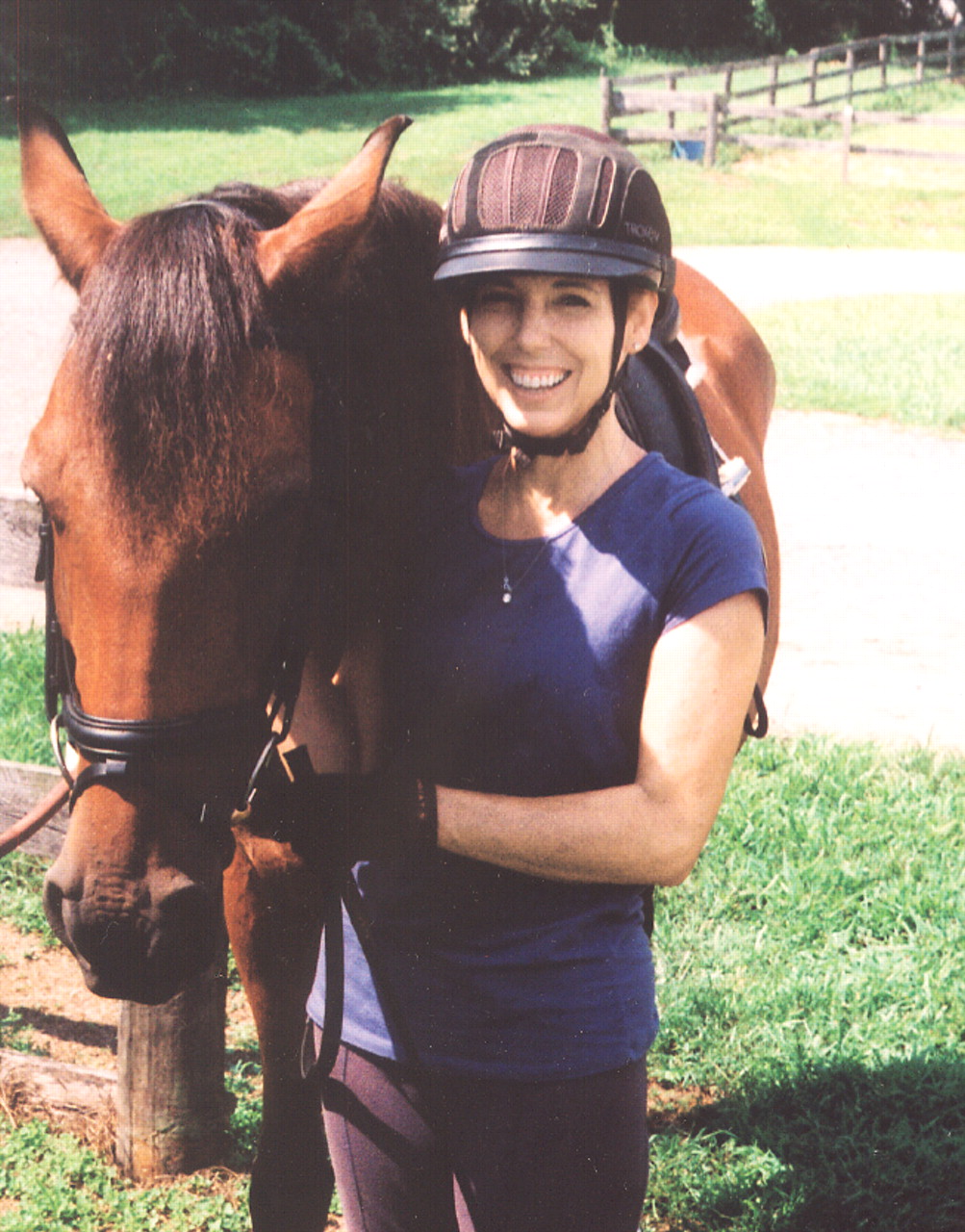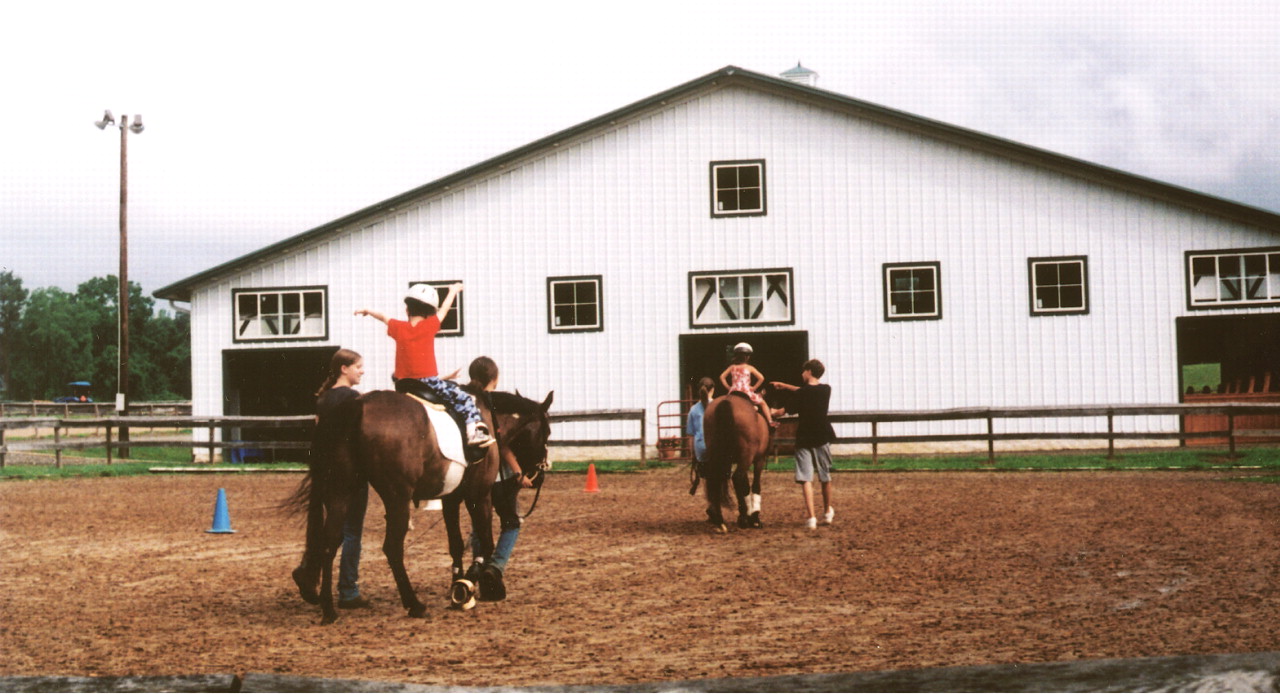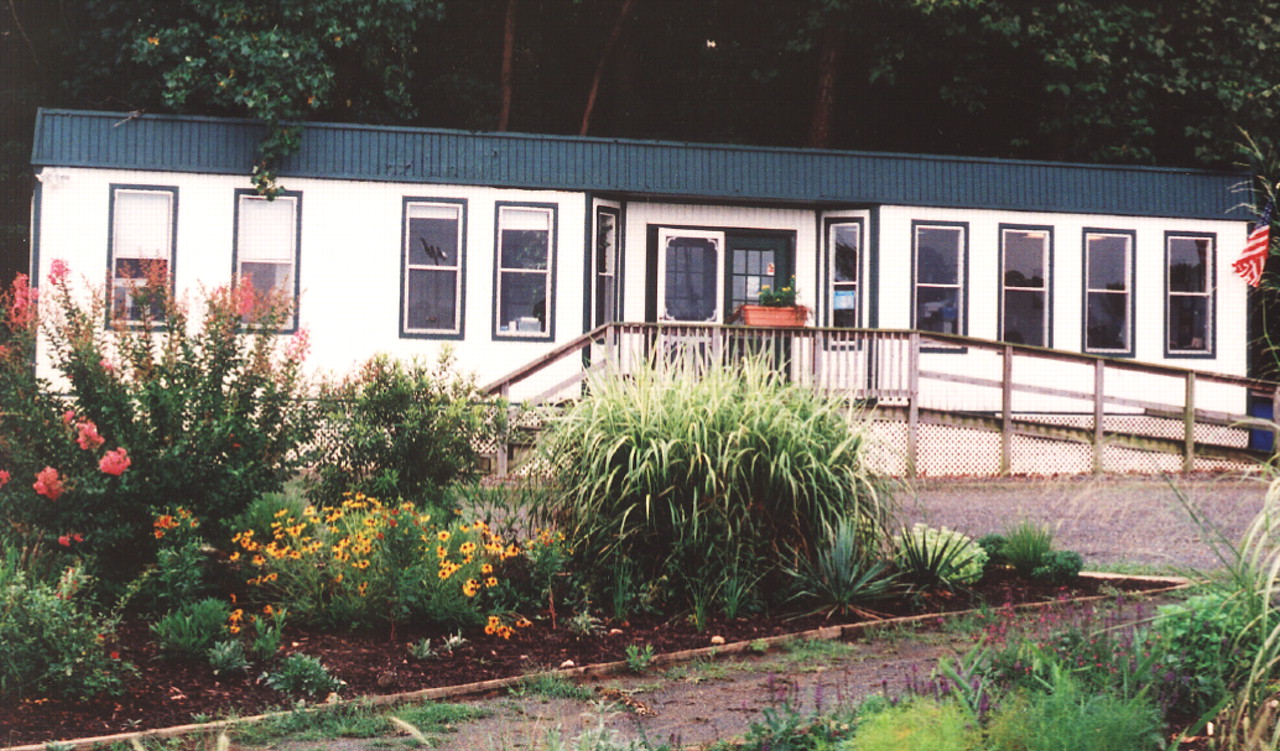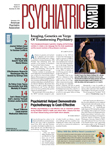Not long ago, on a Saturday morning in Crownsville, Md., a handful of horses were bridled and blanketed or bridled and saddled for a noble quest.
It was to help children with various psychiatric or other medical illnesses heal—children with autism, attention-deficit/hyperactivity disorder (ADHD), cerebral palsy, multiple sclerosis, muscular dystrophy, severe brain trauma, and other disorders.
The horses live on a 25-acre farm in Crownsville, located in Anne Arundel County, Md., near Annapolis.
The farm is called Maryland Therapeutic Riding Inc. (MTR). It was founded in 1996 as a nonprofit charitable organization by Naomi Parry, who had recovered from a severe car accident with the help of what she came to believe was the healing influence (physical and emotional) of horseback riding. The farm is accredited as a premier therapeutic riding center by the North American Riding for the Handicapped Association (NARHA). Although some 700 therapeutic riding centers are located throughout the United States, not all have received NARHA accreditation, especially its premier accreditation.
So on this recent Saturday morning, the youngsters were helped to mount the horses after they were bridled, blanketed, and led out of the barn. Volunteers led the horses around the arena, while other volunteers walked alongside the horses to make sure that the children didn't fall off. In some cases, the children received what is referred to as “therapeutic riding.” Other children received hippotherapy, which consists of using a horse's rhythmic movement to achieve therapeutic gains—for example, to improve balance, coordination, or motor development.
For instance, MTR's physical therapist, Michele Seanger, worked with some of the children on strengthening their trunks and rotating their pelvises, while guiding them around the arena as they sat upright, with their backs as straight as possible. People need to have control of their torsos to speak, and they need to be able to rotate their pelvises to walk, Seanger explained in an interview with Psychiatric News.
Eventually some of the children and their horses were taken outside the arena to practice various skills. For instance, one volunteer instructor played the game “Simon says” with two children with autism as they rode around a corral—“Simon says raise your arms” or “Simon says turn your horse to the left.” The goal is to get the children to focus, interact, and follow instructions.
MTR also offers therapeutic riding and hippotherapy to adults with various psychiatric or other medical illnesses. For instance, it has a Horses for Heroes Program on Wednesday evenings, which some soldiers from Fort Meade, Md., attend. All of the soldiers have posttraumatic stress disorder (PTSD) and some physical injuries. MTR has also launched a Horses for Hope Program for women in crisis—say, victims of domestic violence or sexual abuse, or women battling substance abuse or anorexia nervosa or bulimia.
Horse Healing Garners Praise
Numerous people have praise for MTR and what its healing horses can accomplish.
The mother of a boy with ADHD who was receiving therapeutic riding at MTR on a recent Saturday morning said in an interview that the riding has helped him focus better and become less shy.
“Last December, I started doing hippotherapy with a 7-year-old boy with a rare brain disorder,” said Seanger. “He could only crawl and sit; he couldn't talk. He can now sit on a horse and hold himself up. He can now stand, walk with a walker, and talk some. That's profound; that's huge.”
Megan Buck, a graduate student in social work who is doing some volunteer work at MTR, had this to say: “Three women with severe autism have started riding with us. One usually doesn't speak, but when she rides a horse around the ring, she looks over at us and says, ‘Hi. Happy!’”
“We've had children with autism speak for the first time,” Anne Joyner, MTR's development director, also noted.
As for the soldiers with PTSD who have been coming to MTR, “at first they were nervous, a little shy,” Kelly Stepstone, MTR program director, reported. “But after two or three weeks, they were looking forward to it; they were excited about getting on a horse. Some of them are now volunteering with us, giving back. They feel comfortable and safe here.”
Staff Sgt. Dan Miller, who is stationed at Fort Meade, Md., and is the superior of some of the soldiers who have visited MTR, commented: “I have personally seen the changes in the attitudes of the soldiers after coming to MTR.”
But Where Is Hard Evidence?
Some scientific studies also confirm the value of horse healing, Joyner pointed out.
For example, in a pilot study conducted by Central Michigan University researchers, multiple sclerosis subjects who exhibited postural instability received 14 weeks of hippotherapy. They showed a statistically significant improvement in balance at the end of therapy. Control subjects did not. Results were published in the June 2007 Journal of Neurologic Physical Therapy.
In a 2008 pilot study conducted by Washington University researchers, children with cerebral palsy were given 12 weeks of hippotherapy. At the end of that time, the children experienced statistically significant improvement in head and trunk stability and upper-extremity function. The children were also found to sustain these improvements for several months after hippotherapy ended.
Margaret Bass, Ph.D., of the Good Hope Equestrian Training Center in Homestead, Fla., and coworkers, with the help of a grant from the Horse and Humans Research Foundation, conducted a study to determine whether therapeutic riding could benefit children with autism.
Nineteen subjects were randomly assigned to an experimental group and 15 to a control group. The experimental group received therapeutic riding once a week for 12 weeks, the control group did not. The subjects' parents completed two instruments before and after the 12-week period. One was the Social Responsiveness Scale, a 65-item questionnaire that measures the severity of autism symptoms. The other was the Sensory Profile, a 125-item questionnaire that addresses overall social functioning and the degree to which children exhibit problems in sensory processing and behavioral and emotional responses. Outcomes for the experimental group were compared with those of the control one. The experimental group was found to exhibit significantly greater attention and focus than the control group. In fact, it showed “a sustained level of directed attention and focus that is usually not seen in children with autism spectrum disorders,” the researchers noted in their paper, which was published in the September Journal of Autism and Developmental Disorders. The experimental group was also found to exhibit significantly greater sensory seeking, sensory sensitivity, social motivation, and physical activity than the control group.
“But quite frankly, much more research on therapeutic riding or hippotherapy is needed,” Joyner said. “We at MTR would love to find a psychiatric researcher or another type of scientist who would be willing to study horse healing at our center to determine which types of clients it helps, how it works—for instance, is it physical, psychological, or spiritual, or perhaps a combination of all three elements—and whether short-term benefits translate into long-term ones. We would be happy to jointly fund such research or to share our resources and contacts to find funding for such research.”
In the meantime, it looks as though MTR will continue to prosper. In addition to a paid staff of nine people, some 150 individuals volunteer at the center each week in various capacities. This year MTR will serve about 300 clients.
“Whether they are soldiers in our Horses for Heroes Program, women in our Horses for Hope Program, or children with autism or severe brain trauma, they don't realize how hard they are working when they come here because it's so much fun,” Joyner observed. “Isn't that a great way to make healing happen?”



